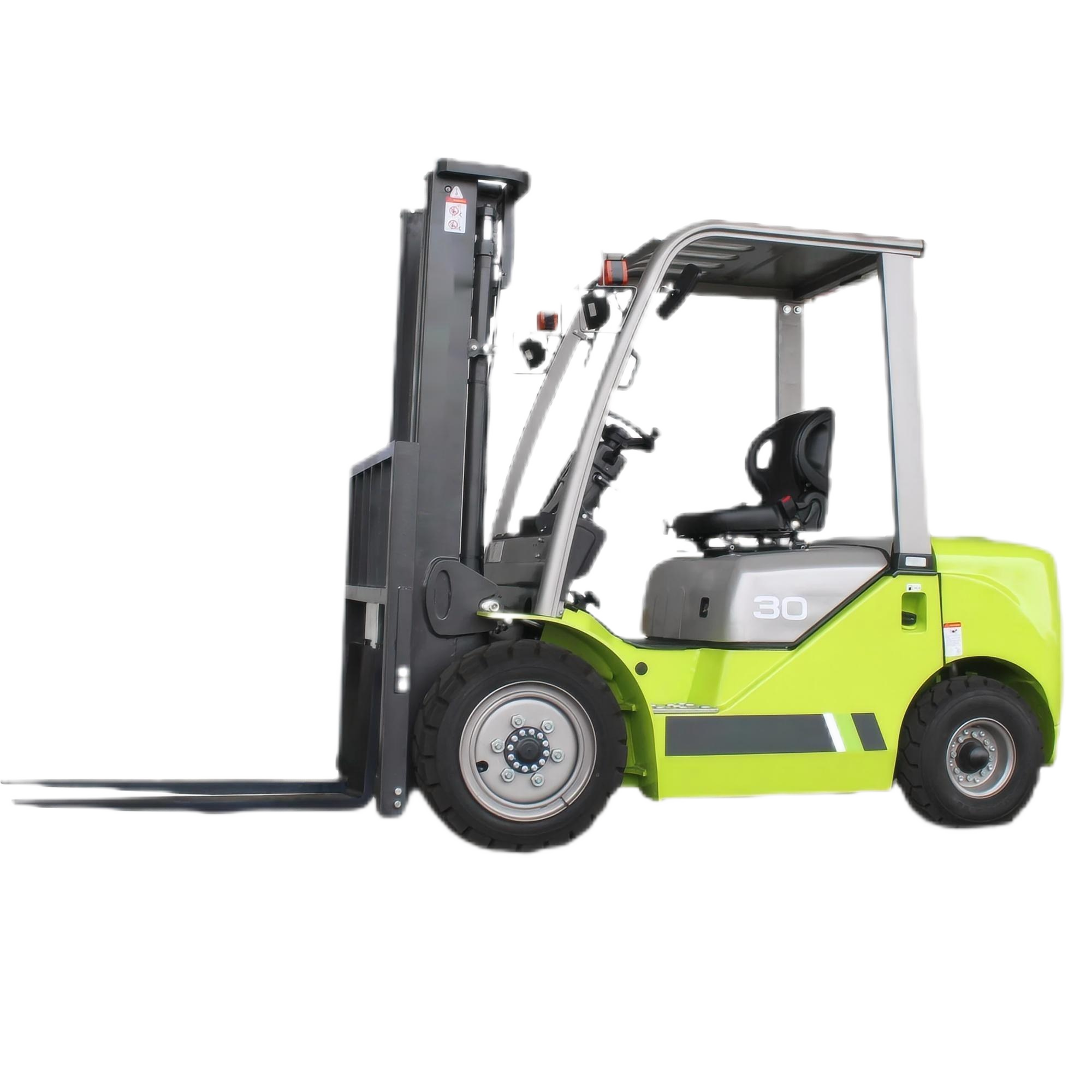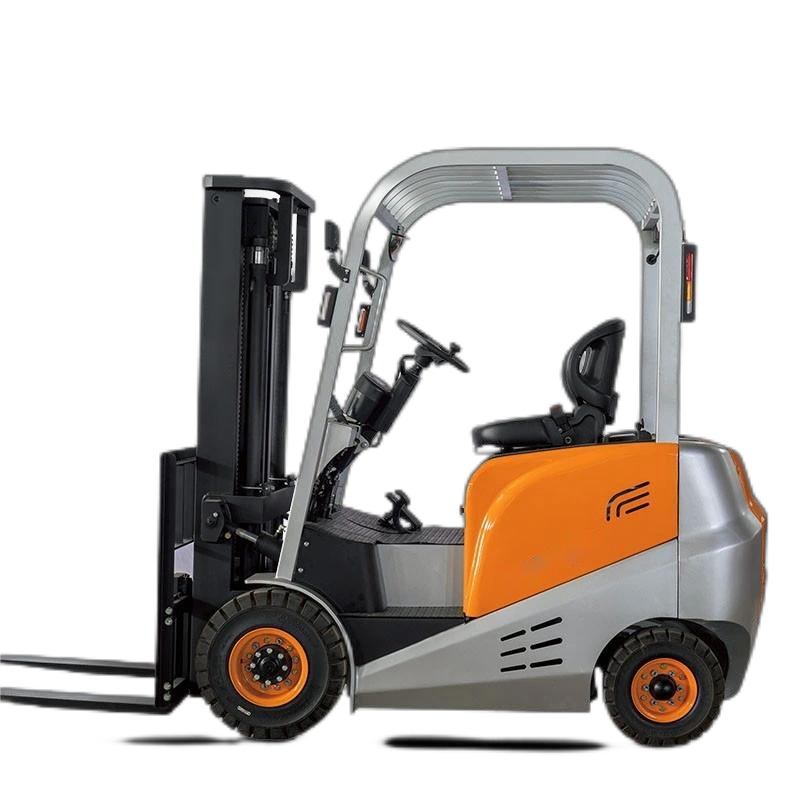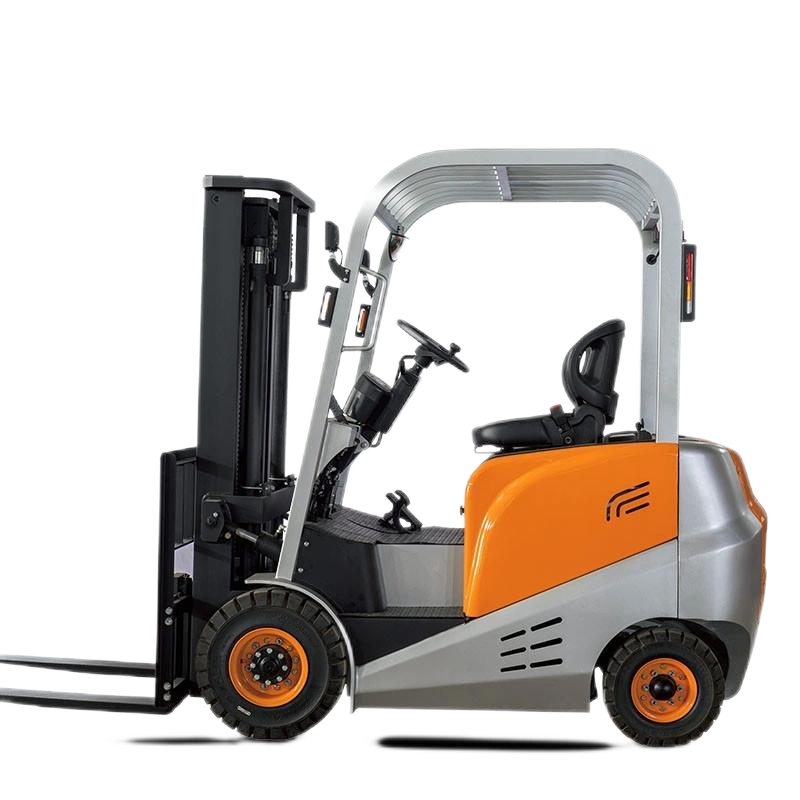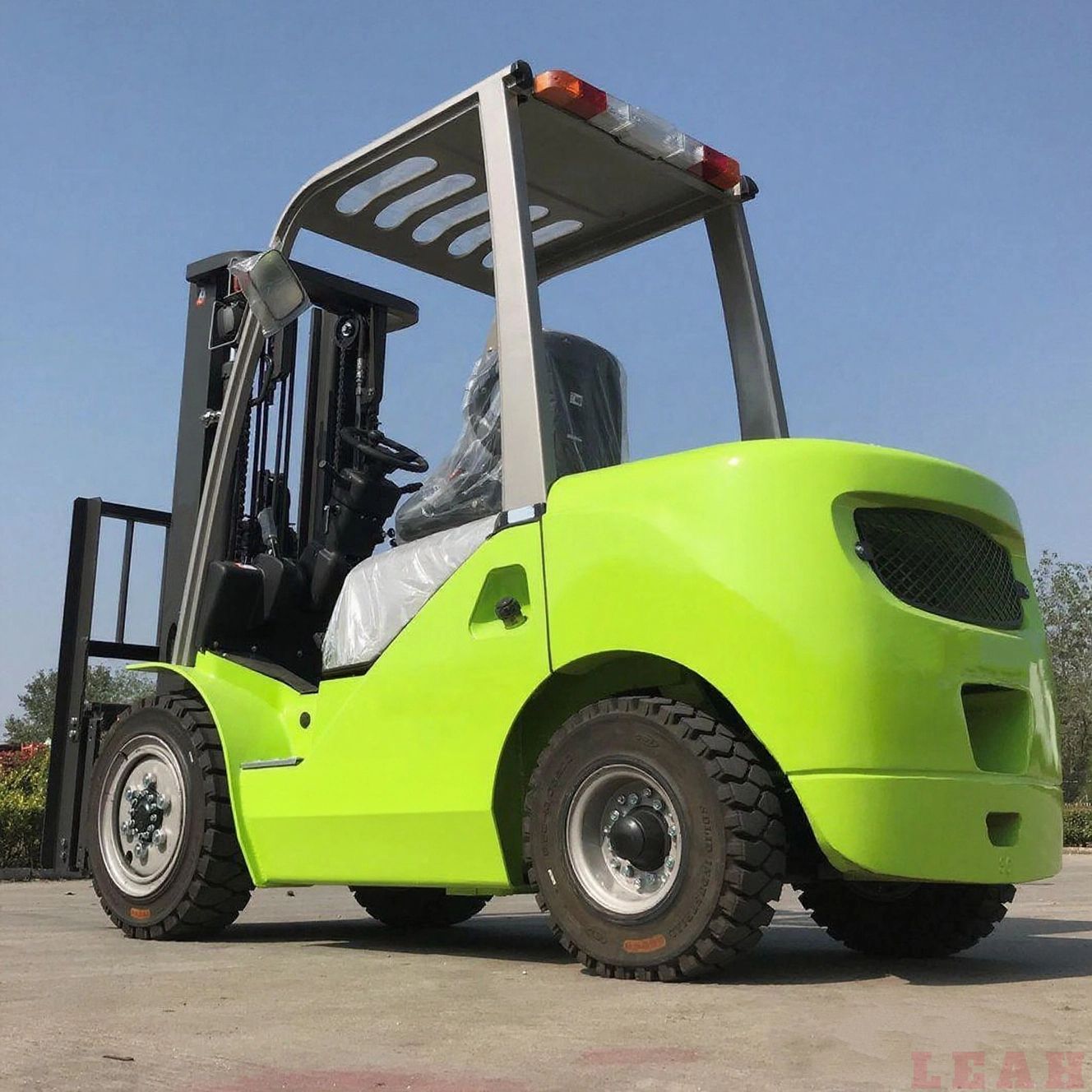As a flexible solution for enterprises in the logistics and material handling process, the core advantages of electric forklift leasing revolve around four key dimensions: cost control, operational efficiency, risk mitigation, and resource adaptation. It is particularly suitable for micro, small, and medium-sized enterprises (MSMEs), seasonally operating enterprises, or scenarios with short-term project needs. The detailed analysis from specific dimensions is as follows:
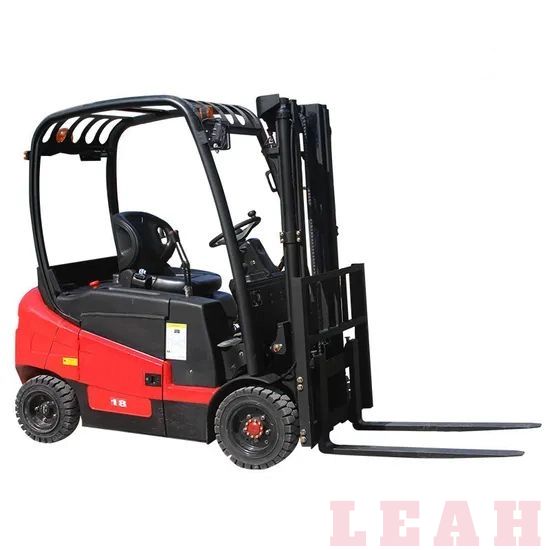
For enterprises, "asset-light operation" is crucial for controlling financial risks, and
electric forklift leasing offers notable advantages in terms of costs:
The procurement cost of a
standard electric forklift (including batteries and chargers) usually ranges from
50,000 to 200,000 RMB, depending on factors such as load capacity, brand, and functions. If multiple units are required, it will tie up a large amount of working capital. Under the leasing model, enterprises only need to pay a monthly rent of several thousand RMB (typically
1%-3% of the procurement cost). This allows them to allocate funds to core business areas (such as production, R&D, and market expansion) and improve capital turnover.
The total lifecycle cost of an electric forklift includes not only the procurement cost but also hidden expenses such as maintenance, battery replacement, insurance, and depreciation:
- Maintenance costs: Electric forklifts require regular battery replacement (with a lifespan of 3-5 years and a replacement cost of approximately 10,000-30,000 RMB) and maintenance of motors/controllers. Under leasing agreements, these costs are usually borne by the lessor.
- Depreciation costs: As fixed assets, forklifts depreciate at an annual rate of about 15%-20%. After 3-5 years, their residual value drops significantly. Leasing completely avoids losses from depreciation.
- Management costs: There is no need to assign dedicated personnel to manage equipment records or coordinate maintenance, reducing administrative labor input.
Lease expenses are classified as "operating costs" for enterprises and can be directly included in current-period profits and losses to deduct value-added tax (VAT) and corporate income tax. In contrast, procured equipment can only be deducted through "fixed asset depreciation" in installments, resulting in a weaker short-term tax optimization effect.
Enterprises' material handling needs often change with production cycles, order volumes, and warehouse layouts. The leasing model can quickly respond to such dynamic demands:
- Seasonal demand: During peak periods such as e-commerce promotions (e.g., 618 Shopping Festival, Double 11) and manufacturing busy seasons, there is a need to temporarily increase the number of forklifts. Leasing allows short-term rentals on a "monthly/weekly/daily" basis, with equipment returned after the peak season to avoid idleness.
- Project-based demand: For scenarios like temporary warehouse relocation or new factory construction, forklifts are only needed for a short period, eliminating the need for long-term ownership.
- Flexible model switching: If the handling scenario changes (e.g., shifting from "flat-surface handling" to "high-level stacking"), forklift models can be replaced at any time (e.g., switching from counterbalanced forklifts to stackers) without the need for re-procurement.
Procuring an electric forklift involves a process of "model selection - quotation inquiry - contract signing - production - delivery," which usually takes 1-4 weeks. In contrast, leasing service providers often have ready inventory and can deliver and commission equipment on-site within "1-3 days," preventing production delays caused by equipment shortages.
Lessors typically have professional maintenance teams and provide the following services:
- Regular on-site maintenance (e.g., monthly inspections of batteries, motors, and braking systems).
- 24/7 emergency maintenance: When equipment malfunctions, maintenance personnel can arrive quickly to minimize downtime.
- Battery guarantees: Some service providers offer "free replacement for worn batteries" to avoid operational disruptions caused by battery degradation.
Compared to enterprises hiring their own maintenance staff (which incurs salary and training costs), the leasing model provides more professional and efficient operation and maintenance services.
Electric forklift technology is constantly advancing (e.g., more efficient lithium batteries, intelligent navigation systems, and energy-saving motors). If an enterprise procures equipment, it may face issues such as "outdated technology and lower efficiency than new equipment" after 3-5 years. Leasing, however, allows for the replacement of equipment with the latest generations at any time, ensuring access to cutting-edge industry products.
When enterprises phase out old forklifts, they need to find buyers and negotiate prices independently, which may lead to problems such as "low residual value and long disposal cycles" (especially for non-branded or heavily worn equipment). With leasing, there is no need to worry about equipment disposal—equipment is simply returned upon lease expiration, fully transferring the risk of asset monetization.
Environmental policies impose increasingly strict requirements on industrial equipment (e.g., some regions restrict the use of fuel-powered forklifts and require electric forklifts to meet specific emission standards). Lessors ensure that the equipment they provide complies with the latest policies (such as battery environmental certifications and safety standards), preventing enterprises from facing fines or equipment shutdowns due to non-compliance.
Not all enterprises need to lease. Leasing offers higher cost-effectiveness for enterprises in the following scenarios:
- Micro, small, and medium-sized enterprises (MSMEs)/startups: With limited funds, there is no need to tie up capital in non-core assets for the long term.
- Seasonal production enterprises: Such as those engaged in agricultural product processing or holiday gift production, which face significant fluctuations in demand.
- Short-term project-based enterprises: Including those providing logistics and warehousing outsourcing services or undertaking temporary factory relocations.
- Enterprises in trial production/expansion stages: Leasing equipment first to test production needs before deciding whether to procure, avoiding blind investment.
In conclusion, the core value of
electric forklift leasing lies in enabling enterprises to "obtain more flexible and professional material handling services with less capital and lower risks." It helps enterprises shift from being "equipment owners" to "service users," allowing them to focus on the growth of their core business.






